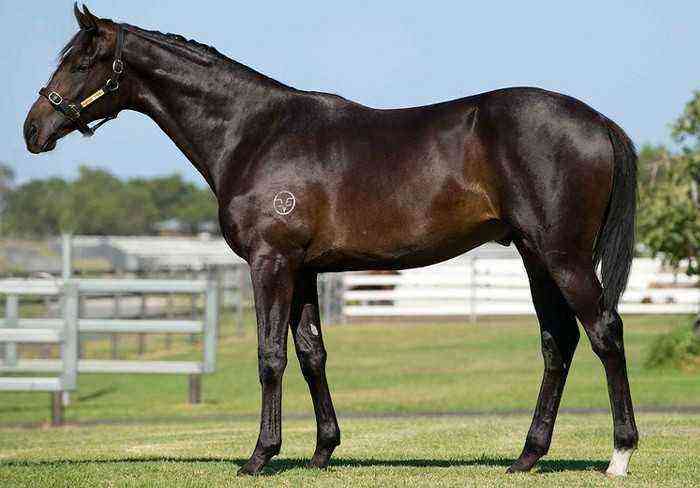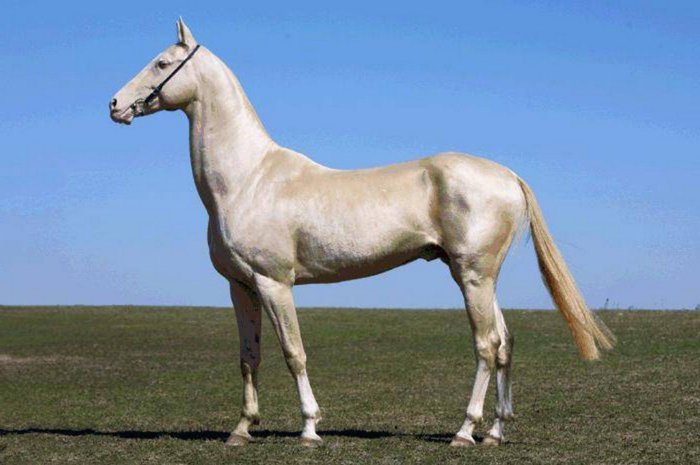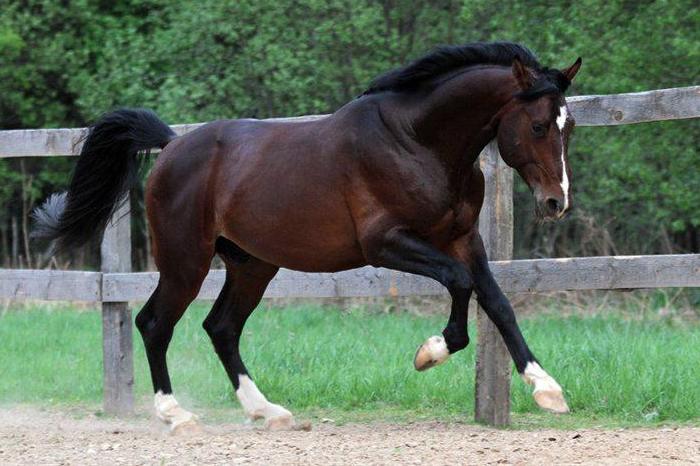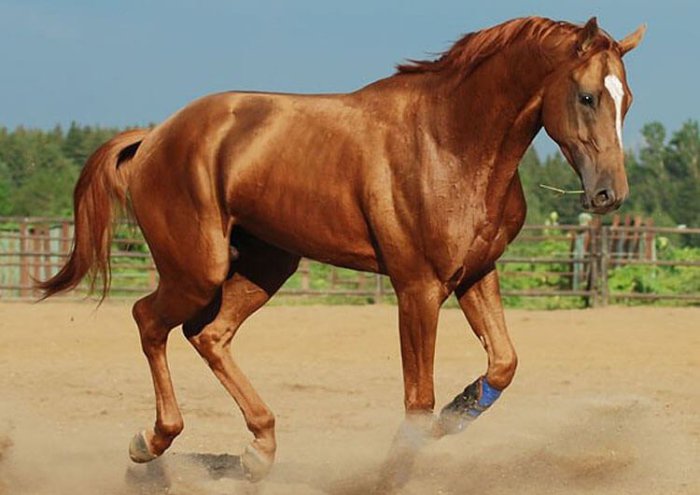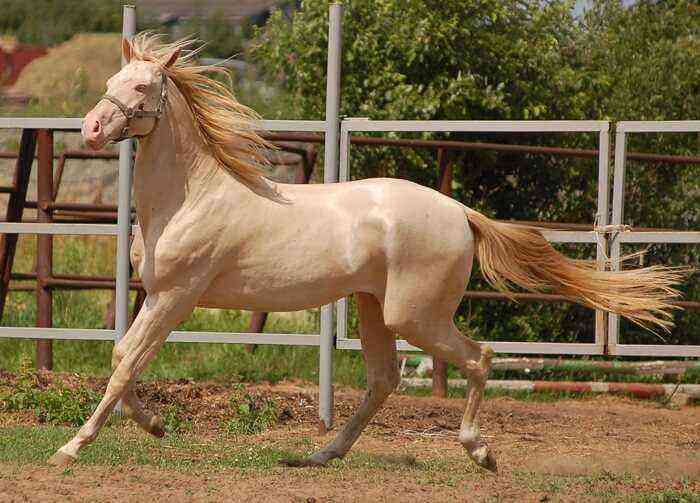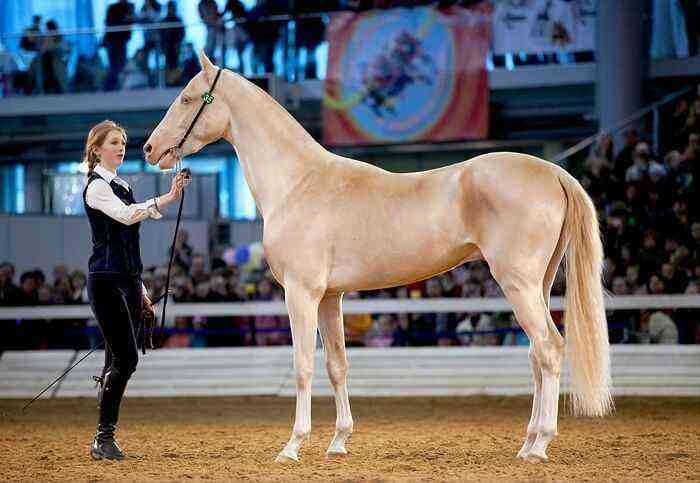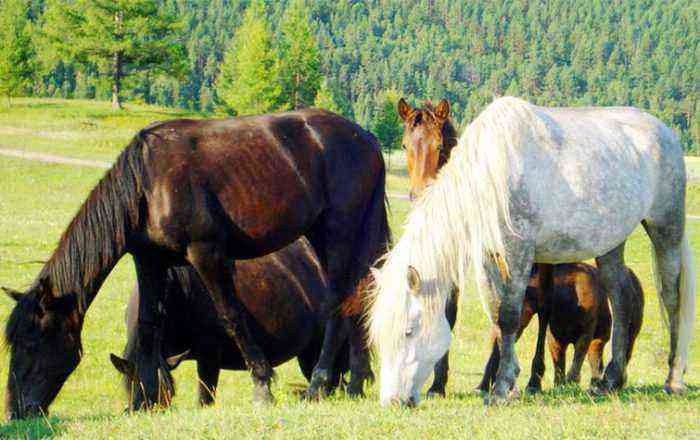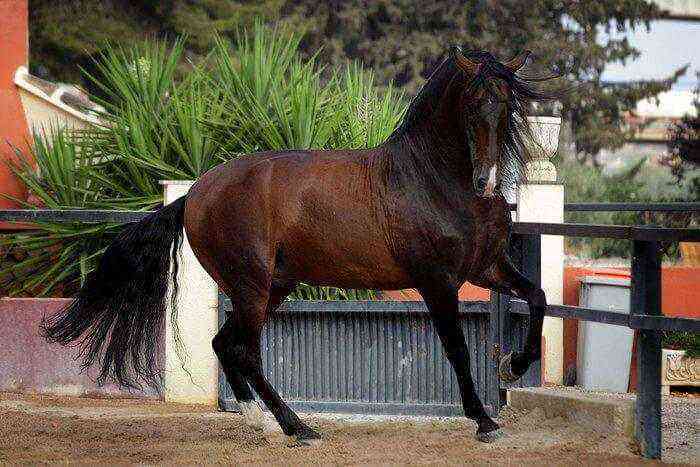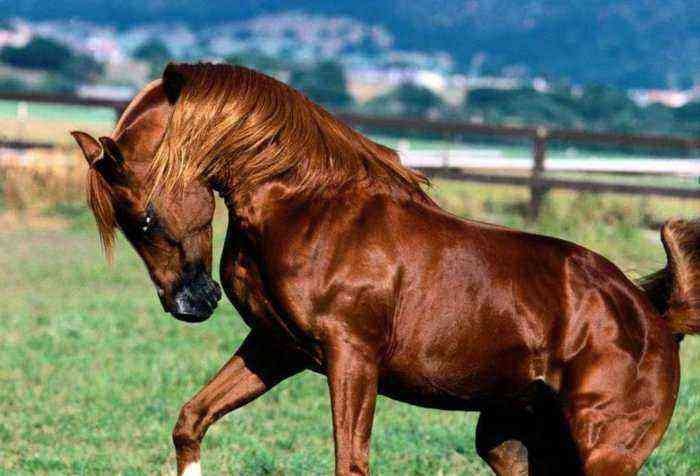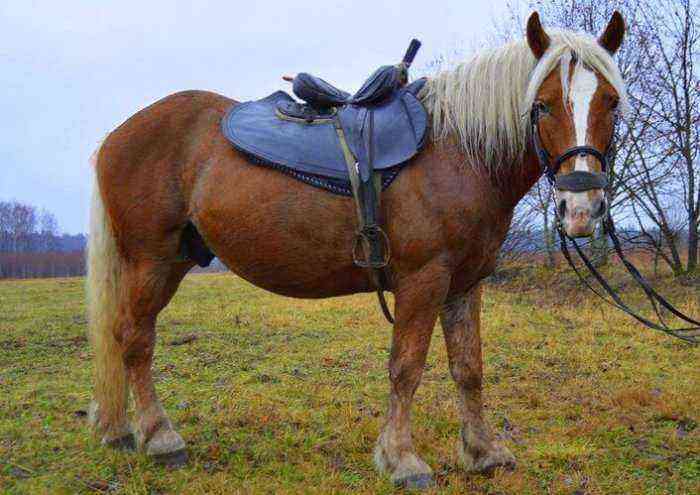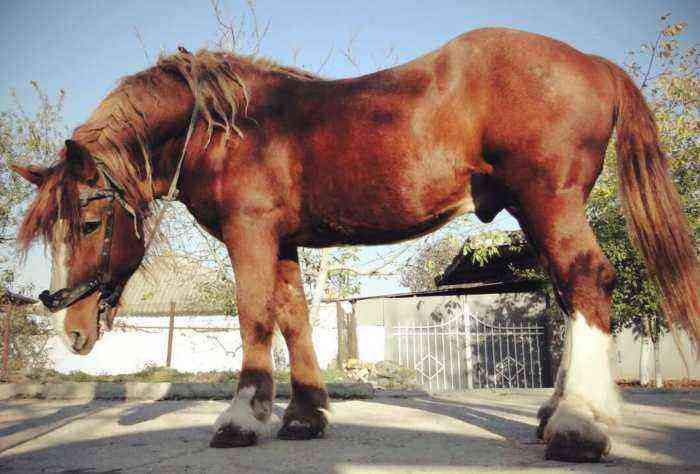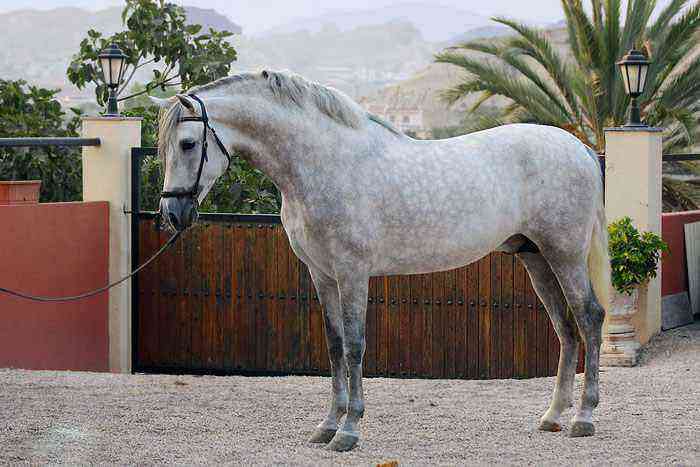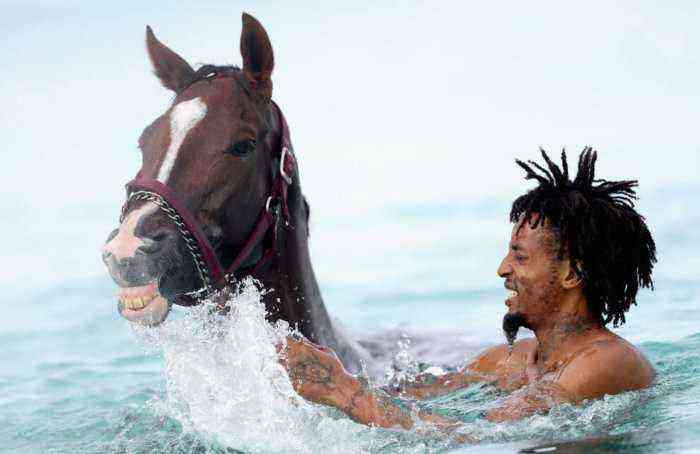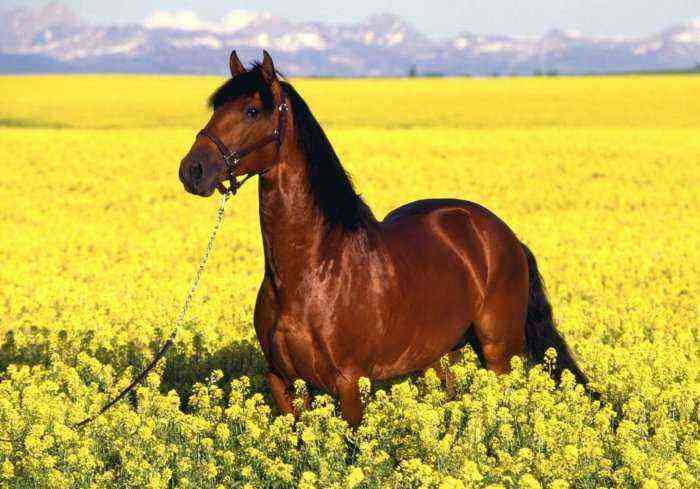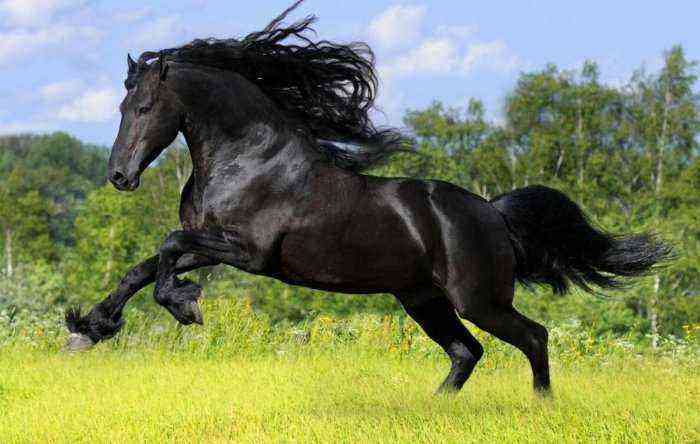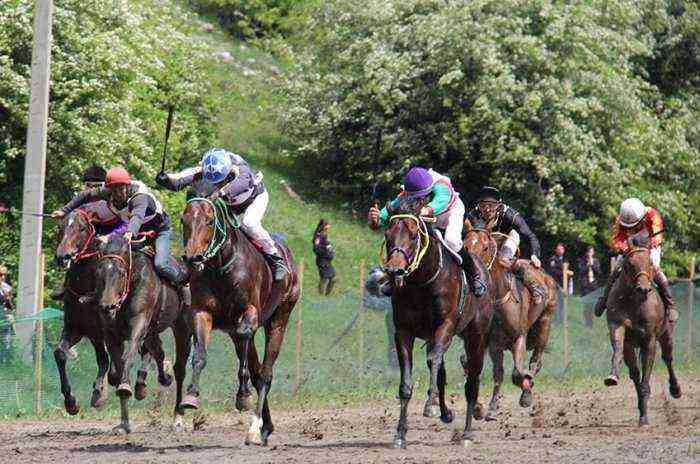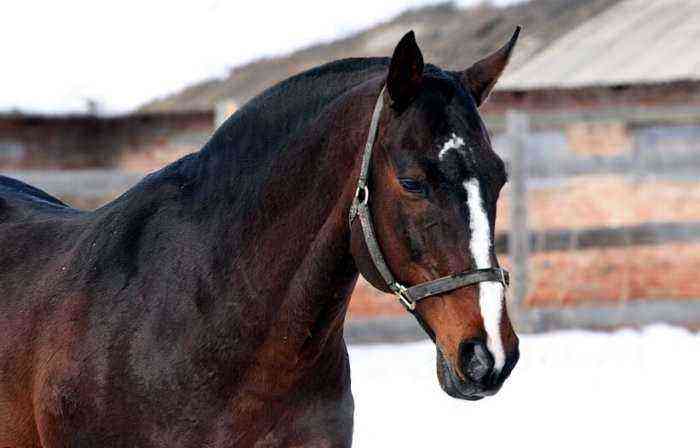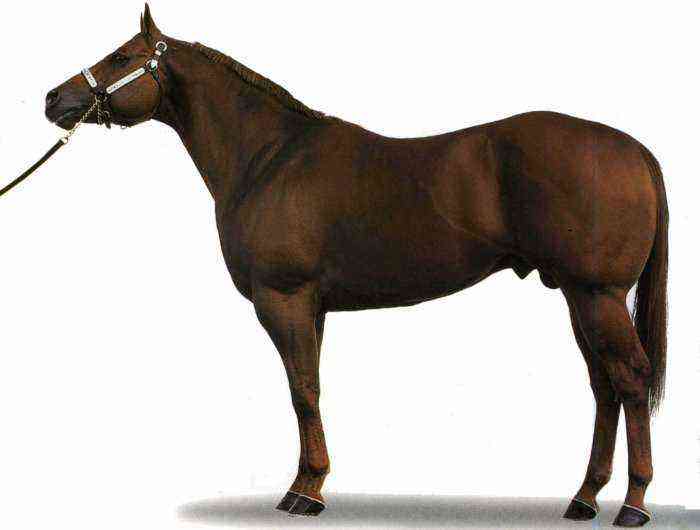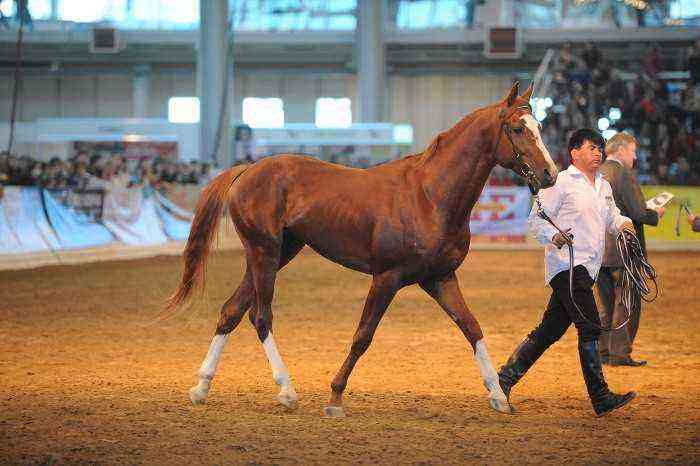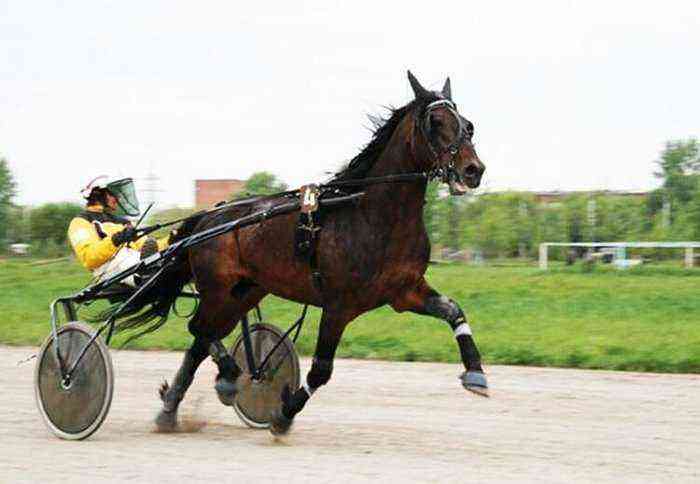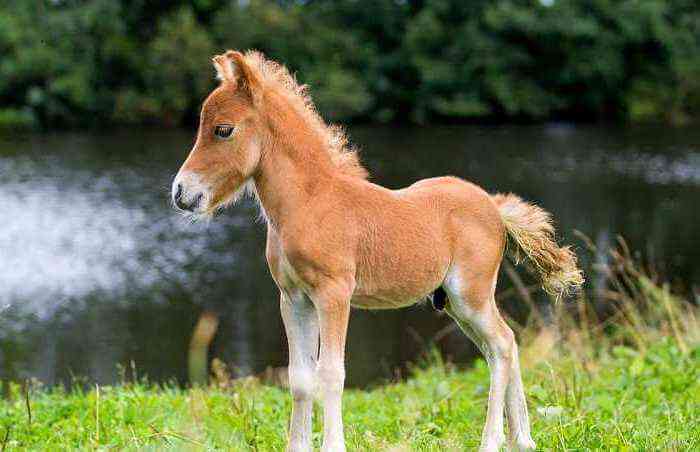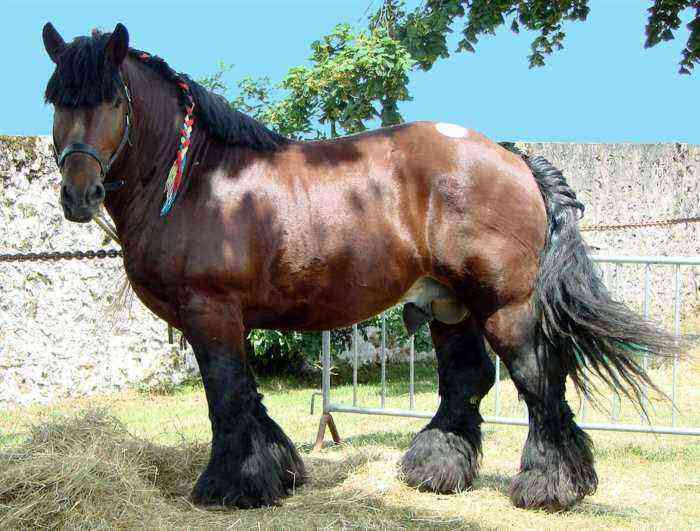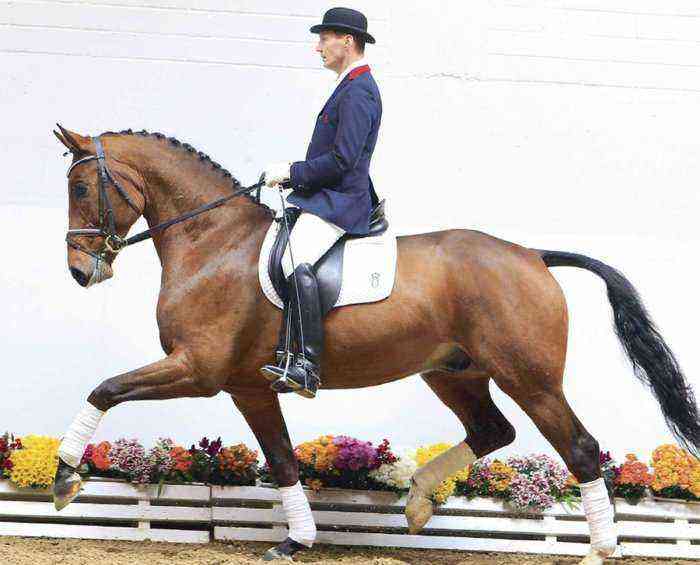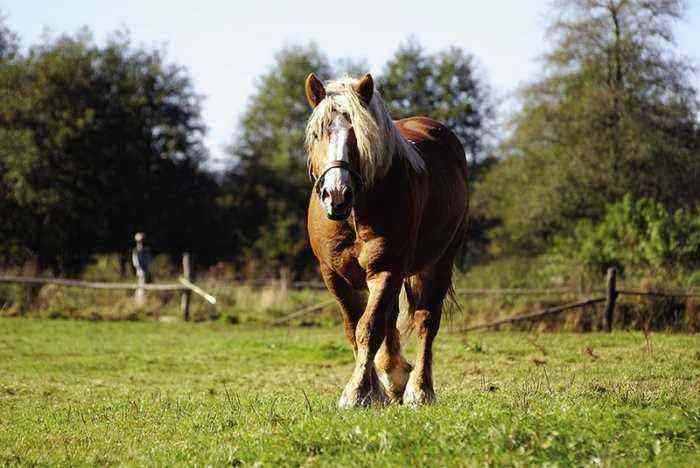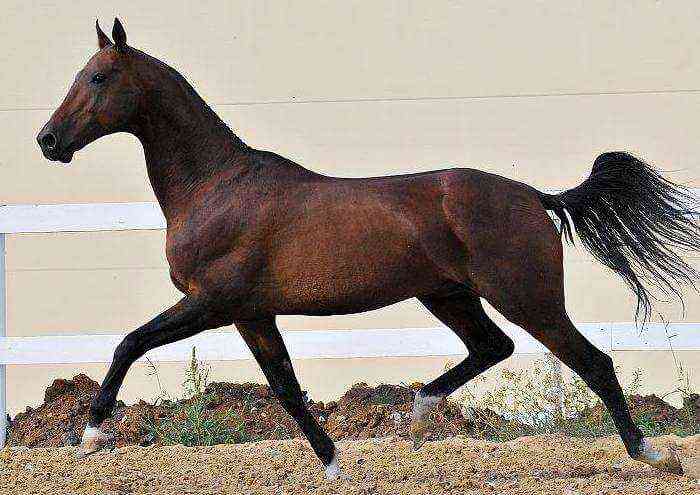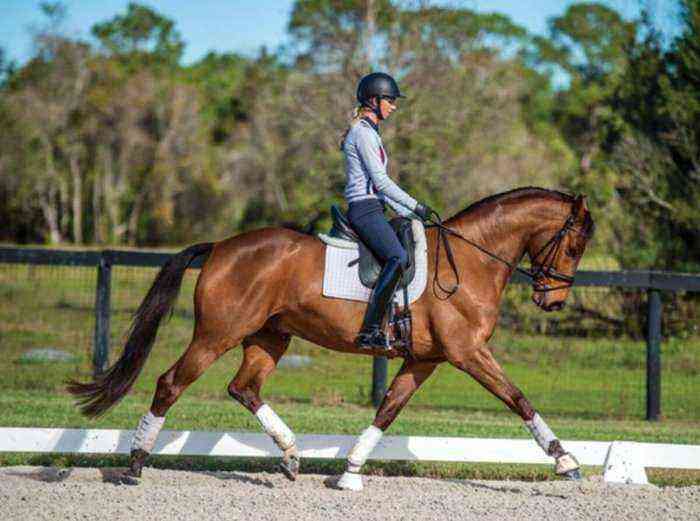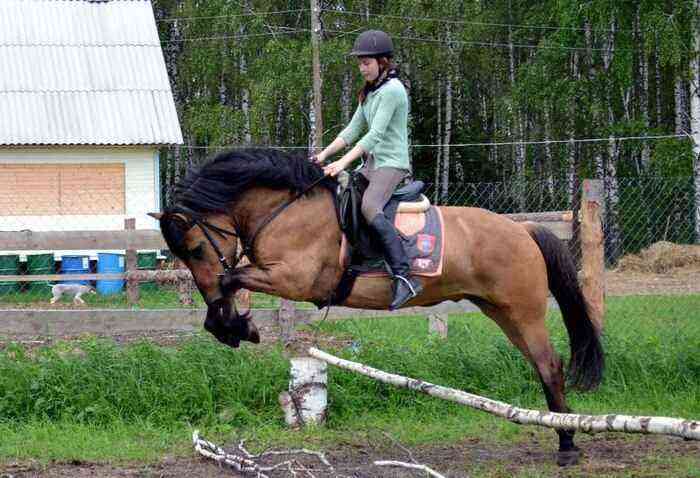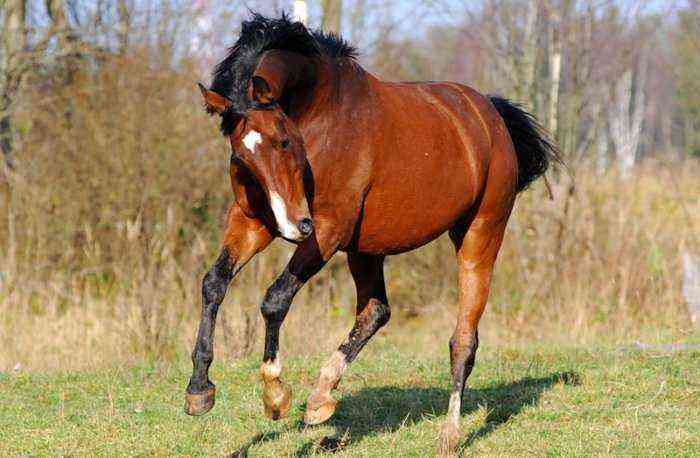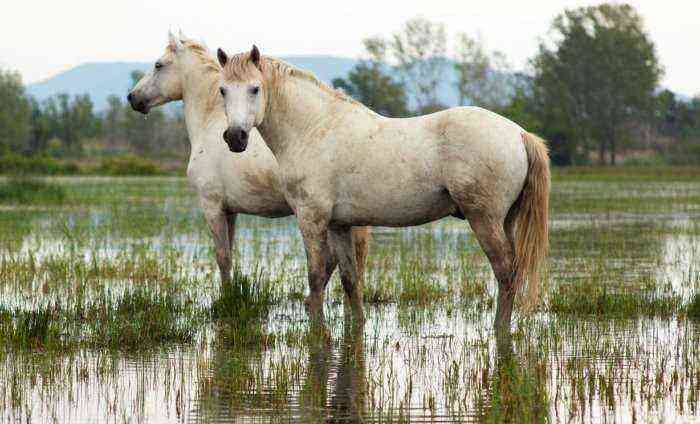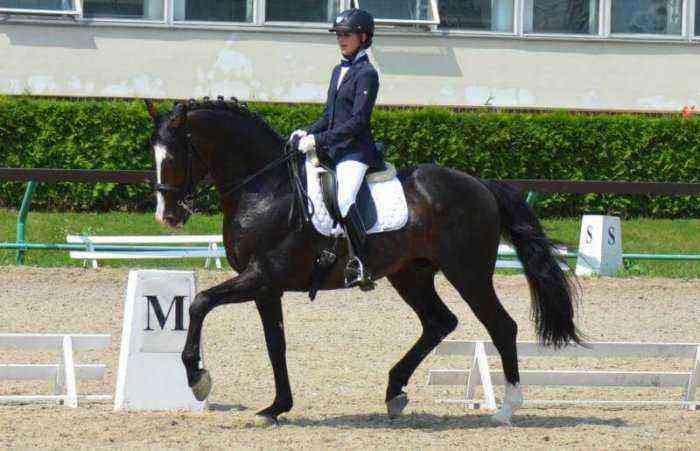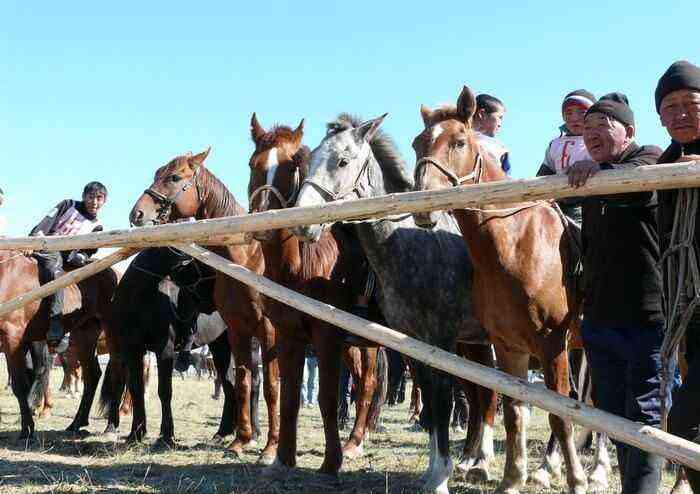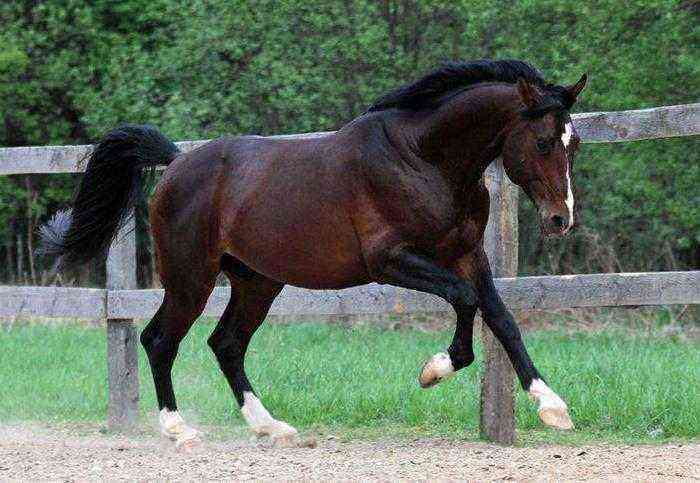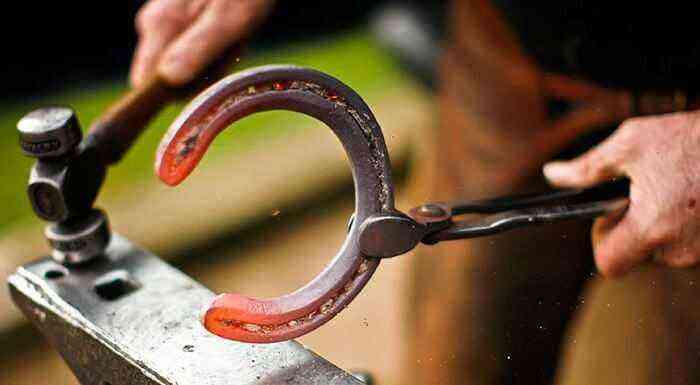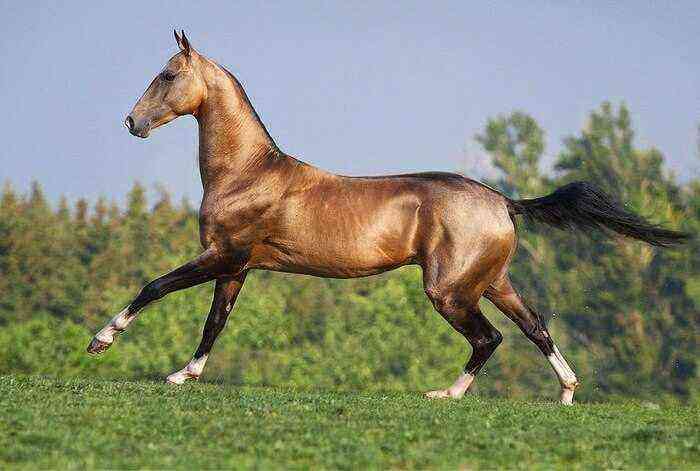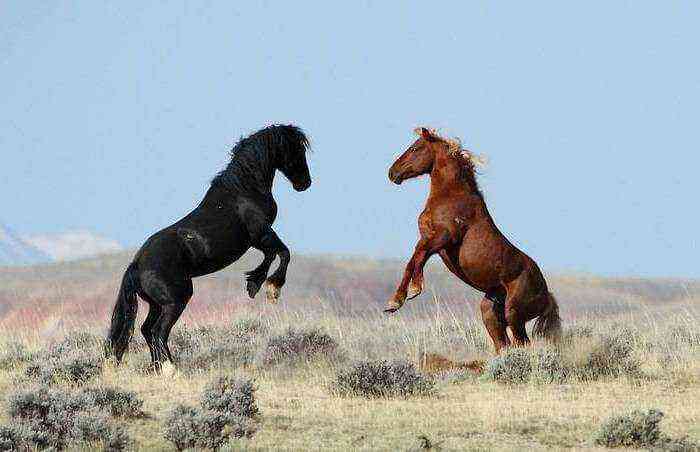Equestrian competitions were common in ancient Greece, but in those days horses were harnessed to chariots. Emperors Nero and Caligula also liked to take part in such competitions. In the 18th century, when the English Thoroughbred was bred, interest arose in a completely new equestrian sport – horse racing. Race horse breeds are popular all over the world due to their ability to develop high speed.
Race horse breeds
What horses are called riding and their classification
Riding breeds of horses are created specifically for riding. Their main difference from other breeds is the ability to quickly run at a gallop. There are 2 types of riding horses:
- for amateur driving;
- sport horses.
Animals belonging to the first group are used for riding and for walking. They are soft and calm in nature. Horses from the second group are designed to participate in races for short and long distances. They have the following qualities:
- perseverance;
- endurance;
- energy.
Sports breeds of horses are often skittish and explosive. They specifically develop such qualities that help to achieve success in horse racing. Among the features of the exterior of race breeds, the following can be distinguished:
- growth within 1,53–1,7 m;
- dry body type;
- long back;
- well-defined oblique lines of the forearms;
- long sinewy limbs.
Riding breeds for professional sports
English riding
The breed was bred specifically for racing, it is distinguished by the ability to develop high speed. Her ancestors are local mares and stallions of oriental breeds. It is not known for certain whether these horses were of Arab origin. The breed originates from three lines:
- Darley.
- Godolfin.
- Baerley.
English riding breed
The British conducted a serious selection of stallions for the tribe, paying special attention to body type, height, energy, and running speed. None of the riding breeds that appeared later can boast such outstanding results in smooth races as the English Thoroughbred. These horses need daily training and the hand of a master. In England, these horses are also used for fox hunting. Weak sides:
- explosive temperament;
- horses are not hardy enough – in races over long distances they quickly get tired.
Attention! The main feature of the English riding horse is that it has been bred “in itself” for more than 300 years, the influx of other blood is prohibited. At the same time, the genus does not degenerate, and the indicators of playfulness are gradually improved.
Arabian Thoroughbred
This breed is one of the oldest on earth. Arabian horses are graceful and beautiful. Their features include an atypical skeletal structure and a pike profile, as well as a highly attached tail.
The Arabian breed of horses is used in various types of equestrian sports, but horses perform best in long-distance races due to their endurance. These animals are able to cover a distance of 100 km per day.
Akhalteke
This breed was created in Turkmenistan and is included in the top of the most beautiful horses in the world. She is graceful, fast and hardy, which allows her to be used in professional sports. Akhal-Teke horses demand respect for themselves and are distinguished by their wayward character, but, having worked with the rider, they are able to achieve great success.
Akhal-Teke horse breed
Appaloosian racehorse
This is an ideal riding breed that is suitable for both professional and amateur sports. Animals are low, on average, growth at the withers reaches 1,53 cm, but they are extremely fast and hardy. The Appaloosa breed originated in the USA. Distinctive features of appearance:
- white sclera;
- vertically located spots and glare on the limbs;
- patchy skin;
- representatives of this breed have a roan suit with unusual combinations of coat colors.
Attention! Appaloosian horses have won numerous awards in dressage, eventing and track.
Hanoverian
This racehorse was bred in Germany. Initially, it was created as a harness, but when an increased interest in equestrian competitions arose at the beginning of the 20th century, the Germans changed the selection strategy. To make the horses lighter and faster, they were improved with the help of Arabian and English horses. The Trakehner breed also influenced the development of the Hanoverian.
Today, the Hanoverians excel in dressage and show jumping. In their exterior, there is a resemblance to English riding:
- dry muscular body;
- long sinewy legs;
- elongated back;
- oblique lines of the forearms;
- small head with a Roman hump.
Hanoverian racehorse
Attention! The Hanoverian race breed is distinguished by a balanced, calm character, since the Germans do not allow wayward individuals to be bred.
Trakehner
This riding horse was bred in the 18th century in East Prussia. The blood of Arabian, English and Danish horses flows in the veins of German horses. Previously, the breed was used as a cavalry, and today it is one of the best in triathlon and dressage. Many representatives of the breed line became the gold medalists of the Olympic Games.
External characteristics:
- high growth – 1,65 m;
- dry physique;
- proportional head with a wide forehead;
- graceful high neck;
- long oblique shoulder blades;
- straight back;
- well muscled forearms and shins;
- long limbs.
Attention! The Trakehner horse is highly valued for its tenacity and endurance. These qualities help her achieve good results in sports.
Budennovskaya
This racehorse was bred on the basis of the Don and Thoroughbred riding horses in Russia. She absorbed the best qualities of these breeds:
- endurance;
- playfulness;
- grace;
- beautiful exterior;
- flexibility;
- unpretentiousness.
Budyonnovskaya racehorse
Budyonnovsky horses are very well built. They are tall, have a strong constitution, massive chest, dry long legs. This breed has proven itself in show jumping, eventing, dressage and horse racing.
Terskaya
The Terek horse is the result of domestic selection. It was obtained on the basis of the Streltsy breed with the addition of Arab blood. These horses have not only agility, but also maneuverability. A distinctive feature of the representatives of the Terek breed is the ability to quickly change gaits. Beautiful and hardy horses perform equally well on flat and rough terrain. Another advantage of the Terek horses is a complaisant and good-natured character. Such qualities make it possible to use them in youthful sports and for teaching children to ride.
Race breeds of horses today are very much in demand and popular, despite the high cost. For those who want to buy such a horse, it is important to understand that it will have to be trained regularly. Otherwise, the horse will not be able to develop its abilities. Riding horses need special care and a complete diet high in protein.
